Distortion is a field aberration that influences the aspect of the image on a global scale, in contrast to to blur, which affects details. Distortion can be defined as the variation of the magnification of the lens throughout the image field. The main and most well-known effect of distortion is that straight lines in the scene become curved in the image, showing that the camera does not perform a perfect perspective projection of the scene onto the sensor plane. For DSLR lenses, this aberration has a radial symmetry.

- Barrel distortion, in which the grid takes the form of a barrel (lines near the edges bend outwards).

- Pincushion distortion, in which the grid takes the form of a pincushion (lines near the edges bend inwards).
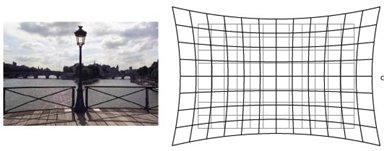
A zoom lens can exhibit one type of distortion at one end of the zoom range and the other type at the other end of the range.
DxOMark measures maximum distortion
Distortion is characterized by measuring the positional errors associated with a series of points that are aligned on a test target (but not necessarily aligned in the image because of the distortion), according to the following procedure:
- Computation of the largest distance (1) between points that should belong to the same straight line and the straight line defined by the two points located at its ends (separated by a distance, L).
- The positional error measurement related to this series of points is the ratio 1/L, expressed as a percentage (since it is a distance ratio).
- The value is positive in the case of barrel distortion, and negative in the case of pincushion distortion. It is null when there is no distortion.
The following diagram illustrates a positional error measurement on a set of points located at the edge of the image:
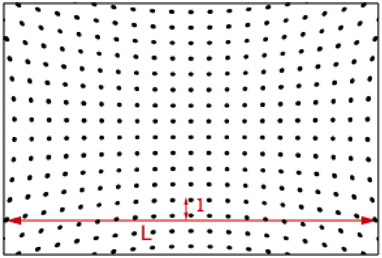
The maximum distortion measured represents the largest positional error calculated over the whole image.
An image may contain a mixture of barrel and pincushion distortion. In this case, the sign of the measurement indicates the type of distortion that has the higher value.
The subjective loss of image quality due to distortion is highly dependent on the image content. A maximum distortion of 1% (absolute value) is usually the acceptable limit.
DxO Mark displays the variation of the maximum distortion as a function of the focal length.
Distortion variation in the field
As explained above, distortion is related to the change of magnification in the image. This can also be expressed as a change of focal length, as those two elements are directly linked. On a first-order basis, magnification varies as the inverse of the focal length.
A focal length that decreases in the field is synonymic of barrel distortion. Conversely, a focal length that increases in the field is synonymic of pincushion distortion.
DxO Mark displays the variation of the measured focal length as a function of the radial field position. Measurements are made for several focal lengths.
For several focal lengths, a simulated image of a straight grid shows the effect of the camera distortion.
« Back to Glossary Index

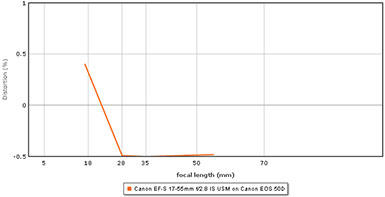
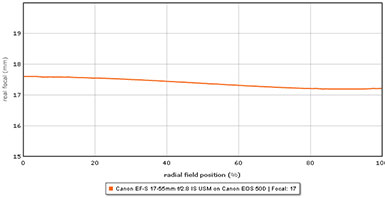
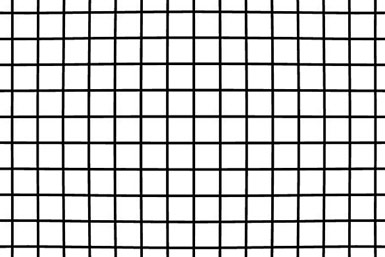
DXOMARK encourages its readers to share comments on the articles. To read or post comments, Disqus cookies are required. Change your Cookies Preferences and read more about our Comment Policy.